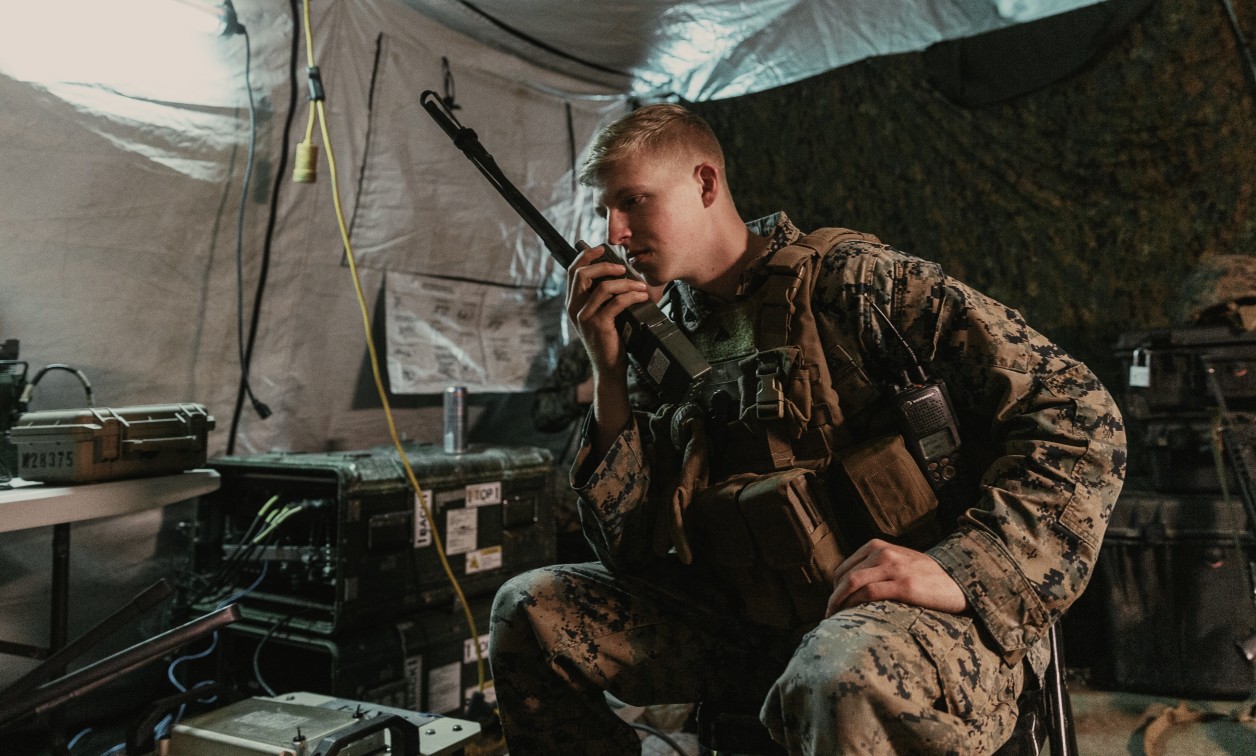Military overmatch will increasingly hinge on superior edge computing, study says
NewsMay 12, 2021

AMSTERDAM. The increased prevalence of sensors used by the military for data capture, computing, and processing at the point of data acquisition means that users can see the direct benefits of edge computing on making more informed and quicker squads in the battlefield, according to a recent study by Market Forecast, "Global Edge Computing for Defense and Aerospace -- Market and Technology Forecast to 2029."
The study authors assert that while edge computing can and should be used on mechanical platforms like fighter jets, tanks, and unmanned aerial systems (UASs), it is also increasingly being used by and for the benefit of troops on the ground. Developments in edge computing are now leading to what the U.S. Army calls, the study says, the “Digital Soldier, which is the term the army uses to describe small, connected sensors that travel with soldiers to enable local data sharing and processing within a network.
Edge computing, according to the study, derives its power from the effects of the network: The more people and things that communicate at the edge, the more powerful the coalition or total platform becomes; this reality highlights the significance of mesh networks and also shows the benefit of connecting legacy platforms with newer platforms. Even if a previous platform may not seem as technologically proficient as newer models, the authors found that emphasis should be placed on retrofitting legacy military systems with edge capabilities.
Additional information on the study can be obtained at the Market Forecast website.







